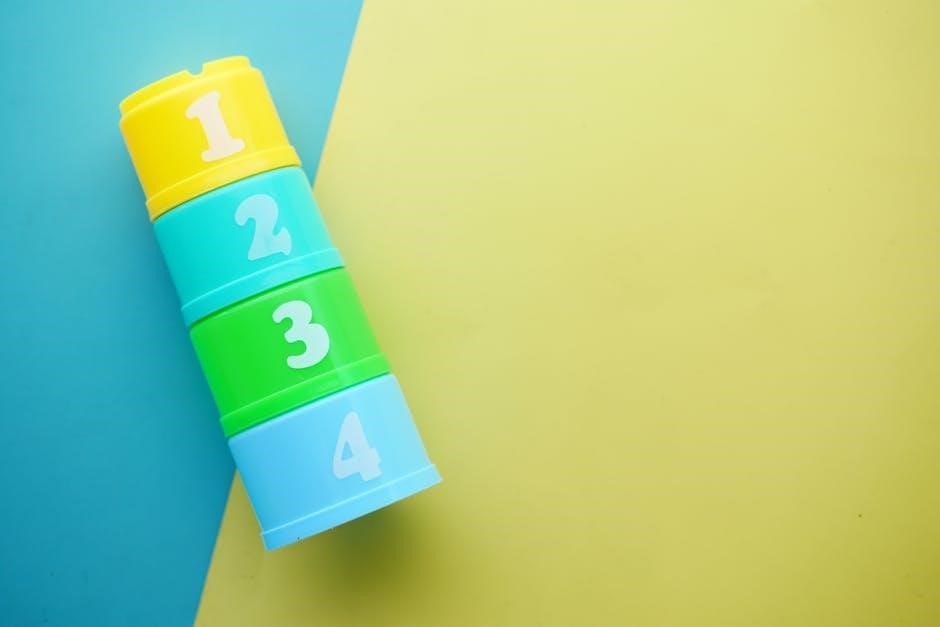
eureka math kindergarten pdf
The Eureka Math Kindergarten PDF is a comprehensive resource designed to introduce young learners to foundational math concepts through engaging activities and structured modules.
Overview of the Eureka Math Curriculum
The Eureka Math curriculum is a comprehensive, research-based math program designed to build a strong mathematical foundation for students. Developed by Great Minds, it emphasizes understanding the “why” behind math concepts, not just the “how.” The curriculum is structured to help students develop problem-solving skills, critical thinking, and mathematical fluency. It integrates visual models, hands-on activities, and real-world applications to make learning engaging and meaningful. The program is aligned with educational standards and is widely adopted due to its focus on depth over breadth, ensuring mastery of key concepts. The curriculum also provides teachers with flexible tools to support diverse learners, making it accessible for all students. By fostering a deep understanding of mathematics, Eureka Math prepares students for long-term success in math and beyond.
Importance of Early Math Education
Early math education is crucial for building a strong foundation in problem-solving and critical thinking. It introduces children to essential concepts like numbers, shapes, and relationships, fostering a natural curiosity and confidence in math. Research shows that early exposure to math improves cognitive development and sets the stage for future academic success. The Eureka Math Kindergarten PDF emphasizes hands-on activities and real-world applications, making math engaging and accessible for young learners. By starting with basic principles, it helps children develop a growth mindset and prepares them to tackle more complex concepts as they progress. Early math education also enhances logical reasoning and spatial awareness, providing a lifelong advantage in understanding and applying mathematical ideas. This early foundation ensures students are well-prepared to excel in math and related fields throughout their education.
Structure of the Kindergarten Curriculum
The Eureka Math Kindergarten PDF curriculum is structured into six modules, each focusing on specific math skills. Module 1 introduces numbers up to 10, while Module 2 explores two- and three-dimensional shapes. Modules 3 and 4 focus on comparing lengths, weights, and counting up to 100. Modules 5 and 6 build on these concepts, extending number understanding and introducing geometry. The curriculum is designed to progress logically, with hands-on activities and manipulatives to engage young learners. Each module includes teacher editions, student workbooks, and additional materials to support instruction. The structure ensures a smooth transition from foundational concepts to more complex ideas, preparing students for future math challenges. This organized approach helps kindergarten students develop a solid math foundation through interactive and structured learning experiences.
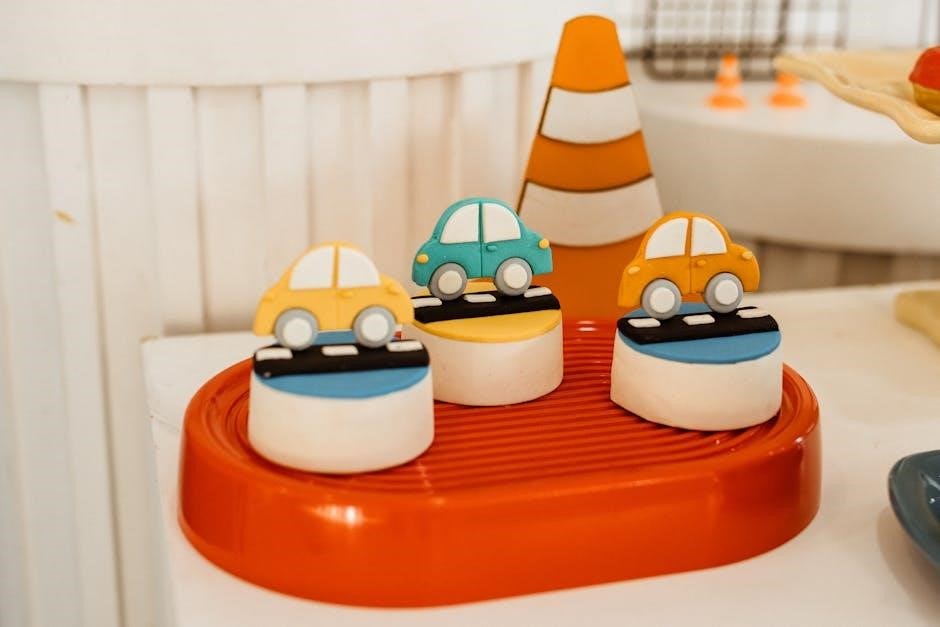
Key Components of Eureka Math Kindergarten
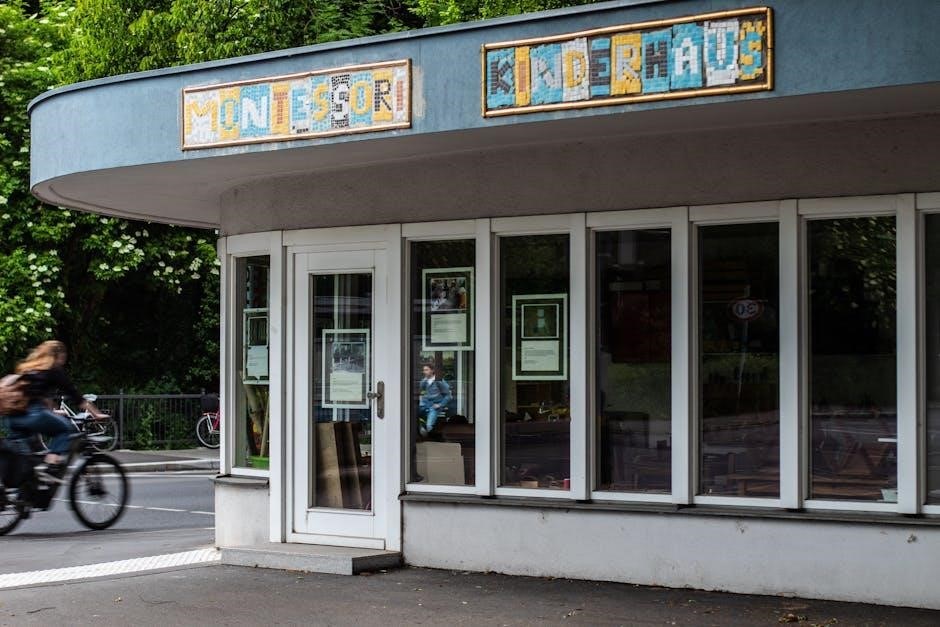
The curriculum emphasizes number bonds, manipulatives, and fluency activities, providing a hands-on approach to learning. Modules are designed to build foundational math skills through structured, engaging lessons and activities.
Module 1: Numbers to 10
Module 1 introduces young learners to the fundamentals of numbers, focusing on the numbers 0 to 10. Through engaging activities, students learn to compose and decompose numbers using actions, objects, and drawings. Lessons emphasize number bonds, showing how numbers can be broken into parts (e.g., 5 is 2 and 3). This module includes problem sets and fluency activities to help students recognize numbers quickly and understand their relationships. By exploring quantities and sequences, kindergartners build a strong foundation for counting, addition, and subtraction. The module’s structured approach ensures students grasp basic numeracy skills through hands-on and visual learning experiences, making math fun and accessible from the start.
Module 2: Two-Dimensional and Three-Dimensional Shapes
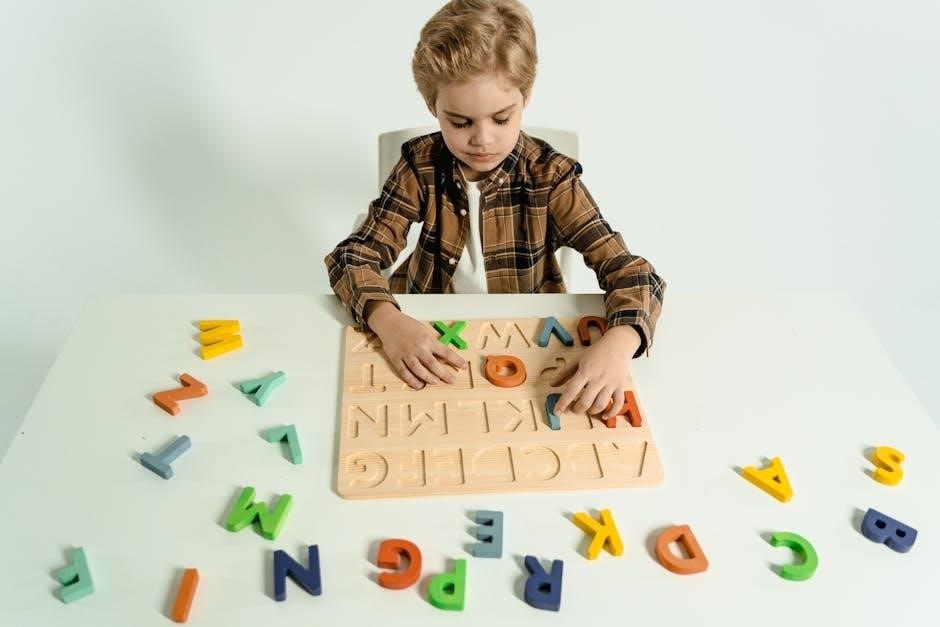
Module 2 focuses on introducing young learners to the world of geometry by exploring two-dimensional (2D) and three-dimensional (3D) shapes. Students learn to identify and analyze shapes such as squares, circles, triangles, rectangles, and cubes through hands-on activities. Lessons emphasize composing and decomposing shapes, allowing children to understand how shapes can fit together or be broken apart. Manipulatives like blocks and shape sorters are used to enhance learning. The module also includes problem sets that encourage students to classify and compare shapes, fostering critical thinking and spatial awareness. By engaging with these activities, kindergartners develop a strong foundation in geometry, preparing them for more complex shape-related tasks in higher grades. This module makes learning fun and interactive, helping children connect abstract concepts with real-world objects.
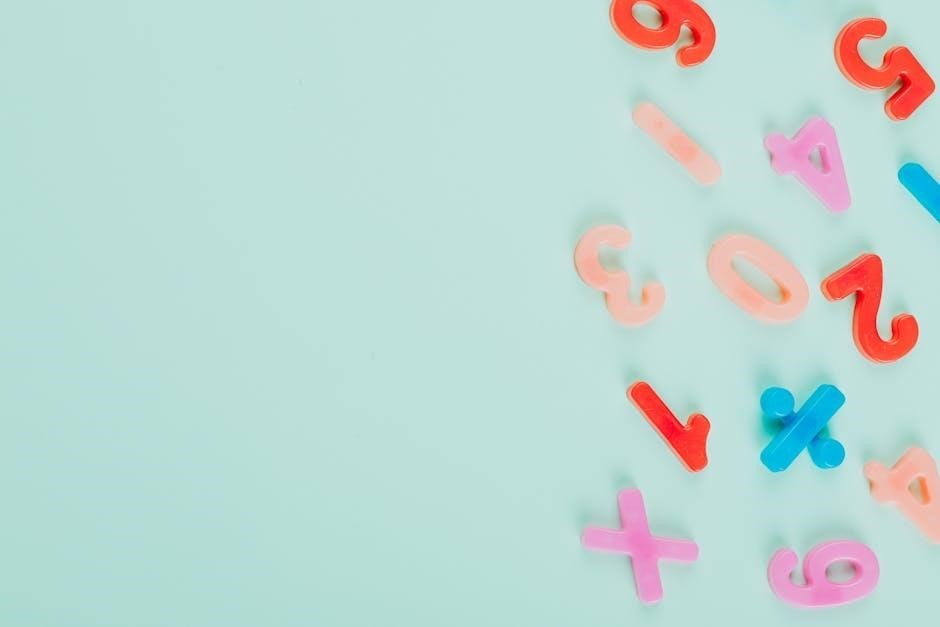
Module 3: Comparing Lengths and Weights
Module 3 focuses on helping students develop an understanding of comparing lengths and weights through hands-on activities. Learners engage in sorting and ordering objects by length, using vocabulary like “longer” and “shorter.” They also explore weight comparison, identifying which objects are heavier or lighter. The module introduces basic tools such as rulers and balance scales to enhance learning. Students participate in problem-solving tasks, such as arranging objects in order of length and predicting outcomes when comparing weights. These activities foster critical thinking and problem-solving skills while making math relevant to their everyday experiences. By the end of this module, kindergartners gain confidence in comparing and describing the physical attributes of objects, building a strong foundation for future math concepts.
Module 4: Numbers 10-20 and Counting to 100
Module 4 extends students’ understanding of numbers beyond 10, focusing on numbers 10-20 and counting up to 100. This module introduces teens numbers, helping kindergartners recognize patterns and sequences. Activities include counting games, skip counting, and using manipulatives like base-ten blocks to represent numbers. Students learn to write and identify numbers, reinforcing their understanding of place value concepts. The module also emphasizes fluency in counting, encouraging students to apply their skills in real-world contexts. By the end of Module 4, learners demonstrate improved number sense and the ability to count sequentially, preparing them for more complex math concepts in higher grades. This module bridges foundational skills with intermediate number awareness, fostering confidence and readiness for future challenges.

Module 5: Numbers 20-100 and Counting to 100
Module 5 builds on the foundational number sense introduced in earlier modules, focusing on numbers from 20 to 100 and counting up to 100. Students explore two-digit numbers, understanding the concept of tens and ones. Activities include creating number bonds, skip counting, and using manipulatives like base-ten blocks to represent numbers. The module emphasizes counting forward and backward, reinforcing fluency and sequence awareness. Problem-solving tasks encourage students to apply number concepts to real-world scenarios. By mastering this module, kindergartners gain confidence in identifying, writing, and sequencing numbers up to 100. This module lays the groundwork for higher-grade math by introducing place value concepts and fostering a deeper understanding of numerical relationships.
Module 6: Geometry and Composing Shapes
Module 6 focuses on geometry and composing shapes, introducing students to foundational concepts of shape recognition, composition, and decomposition. Activities emphasize identifying and naming flat (2D) and solid (3D) shapes, such as rectangles, squares, triangles, and cubes. Students learn to combine shapes to create new forms, fostering creativity and spatial awareness. The module includes hands-on tasks with manipulatives like blocks and magnetic tiles, allowing children to explore and visualize geometric relationships. Problem-solving exercises encourage students to describe and analyze their creations, reinforcing vocabulary and critical thinking. By the end of Module 6, kindergartners demonstrate an understanding of basic geometry principles and the ability to think logically about shape composition and decomposition.

Teaching Strategies in Eureka Math Kindergarten
Eureka Math Kindergarten employs effective teaching strategies like number bonds, manipulatives, and fluency activities to build foundational math skills through interactive and engaging lessons.
Number Bonds and Their Role in Math Education
Number bonds are a fundamental concept in Eureka Math Kindergarten, serving as a visual model to demonstrate how parts make up a whole. For example, 2 and 3 combine to form 5, illustrating decomposition and composition of numbers. This tool helps students understand basic addition and subtraction relationships, fostering a deep grasp of number sense. By introducing number bonds early, students develop essential skills in mental math and problem-solving. These bonds are repeatedly used throughout the curriculum, providing a consistent framework for math exploration. They also encourage critical thinking and fluency in mathematics, preparing students for more complex concepts in higher grades. The use of number bonds in Eureka Math aligns with research-based practices, ensuring a strong mathematical foundation for young learners.
Use of Manipulatives in Kindergarten Math
Manipulatives play a central role in Eureka Math Kindergarten, offering hands-on opportunities for students to explore mathematical concepts. Tools like counting bears, shape sorters, and number lines allow children to engage with numbers and geometry in a tangible way. These resources help students visualize abstract ideas, such as composing and decomposing shapes or comparing lengths and weights. Manipulatives also foster fine motor skills and encourage active participation in learning. By using these tools, kindergartners develop a deeper understanding of math principles through interactive and experiential activities. This approach aligns with research-based practices, ensuring students build a strong foundation for future math success. The use of manipulatives in Eureka Math makes learning dynamic, accessible, and enjoyable for young learners.
Fluency Activities and Their Importance
Fluency activities in Eureka Math Kindergarten are designed to help students develop speed and accuracy in mathematical operations, fostering a strong foundation for problem-solving skills. These activities include oral exercises, manipulatives, and written tasks that reinforce number sense and arithmetic. Fluency is crucial as it enables students to perform calculations efficiently, allowing them to focus on higher-level thinking. Eureka Math incorporates fluency practices through games, repetition, and interactive tools, ensuring students build confidence and mastery. By emphasizing fluency, the curriculum prepares young learners to tackle more complex math concepts in subsequent grades. This focus on proficiency lays the groundwork for long-term academic success and a deeper understanding of mathematical principles.
Problem Set Cutouts and Their Application
Problem Set Cutouts in Eureka Math Kindergarten are tailored activities designed to reinforce specific math skills through hands-on practice. These cutouts, often included in lesson plans, provide students with opportunities to engage in targeted exercises that align with the curriculum’s learning goals. They are used to address topics such as number bonds, shape composition, and comparison of lengths or weights. For example, cutouts may involve sorting objects, drawing shapes, or solving simple word problems. Teachers can use these activities to assess student understanding and differentiate instruction. The application of problem set cutouts ensures that students develop both conceptual knowledge and practical math skills, preparing them for more complex tasks in higher grades. These activities are integral to fostering a deep understanding of mathematical concepts in a structured and engaging manner.
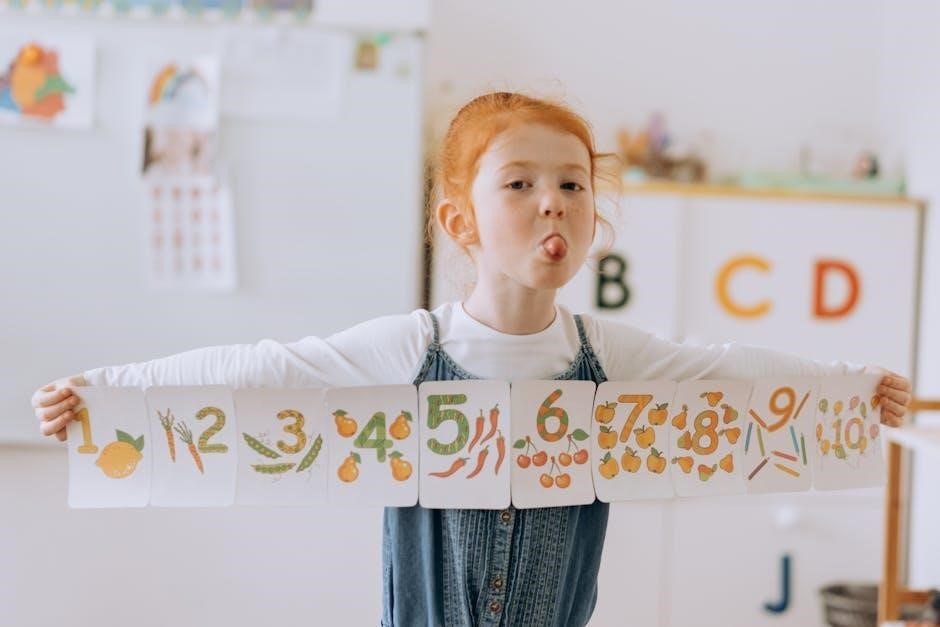
Benefits of Using Eureka Math Kindergarten PDF
The Eureka Math Kindergarten PDF enhances early math skills, fostering critical thinking and problem-solving abilities. It provides a strong foundation for future math concepts, ensuring readiness for higher grades.
Enhanced Problem-Solving Skills
The Eureka Math Kindergarten PDF cultivates enhanced problem-solving skills through structured modules and hands-on activities. By introducing number bonds, students learn to decompose and compose numbers, fostering a deep understanding of mathematical relationships. Manipulatives and real-world applications encourage children to explore and solve problems creatively. Fluency activities and problem set cutouts further refine their ability to approach math challenges with confidence and precision. These tools collectively empower young learners to think critically and develop a strong foundation for tackling complex math concepts in the future. The curriculum’s emphasis on breaking down problems into manageable parts ensures that students build resilience and adaptability in their mathematical thinking. This skill set is essential for both academic success and everyday problem-solving scenarios.
Developing Critical Thinking and Reasoning
The Eureka Math Kindergarten PDF is designed to nurture critical thinking and reasoning skills in young learners. Through the use of number bonds, students are encouraged to explore how numbers can be broken down and reassembled, fostering a deeper understanding of mathematical relationships. Manipulatives and hands-on activities promote active problem-solving, allowing children to visualize and experiment with concepts. The curriculum’s focus on comparing lengths, weights, and shapes further enhances spatial awareness and logical reasoning. Fluency activities and problem set cutouts challenge students to think creatively and approach problems from multiple angles. These tools collectively help kindergartners develop the ability to analyze, evaluate, and justify their mathematical thinking, laying a strong foundation for future academic success. Critical thinking is reinforced through structured lessons that encourage inquiry and exploration.
Preparation for Higher Grade Math Concepts
The Eureka Math Kindergarten PDF is crafted to build a robust mathematical foundation, ensuring students are well-prepared for advanced concepts in higher grades. By introducing essential skills such as number bonds, shape composition, and counting sequences, the curriculum lays the groundwork for understanding place value, addition, and subtraction in later years. The structured modules gradually increase in complexity, allowing children to grasp fundamental principles like comparing lengths, weights, and volumes. These early experiences with mathematical relationships and problem-solving strategies equip kindergartners with the confidence and skills needed to tackle more challenging topics, such as multi-digit arithmetic and geometric shapes, in future grades. The curriculum’s emphasis on decomposition and recomposition of numbers also prepares students for algebraic thinking and mental math strategies.
The Eureka Math Kindergarten PDF effectively lays the foundation for future math success, providing engaging activities and structured modules that build essential skills and confidence in young learners.
Final Thoughts on Eureka Math Kindergarten PDF
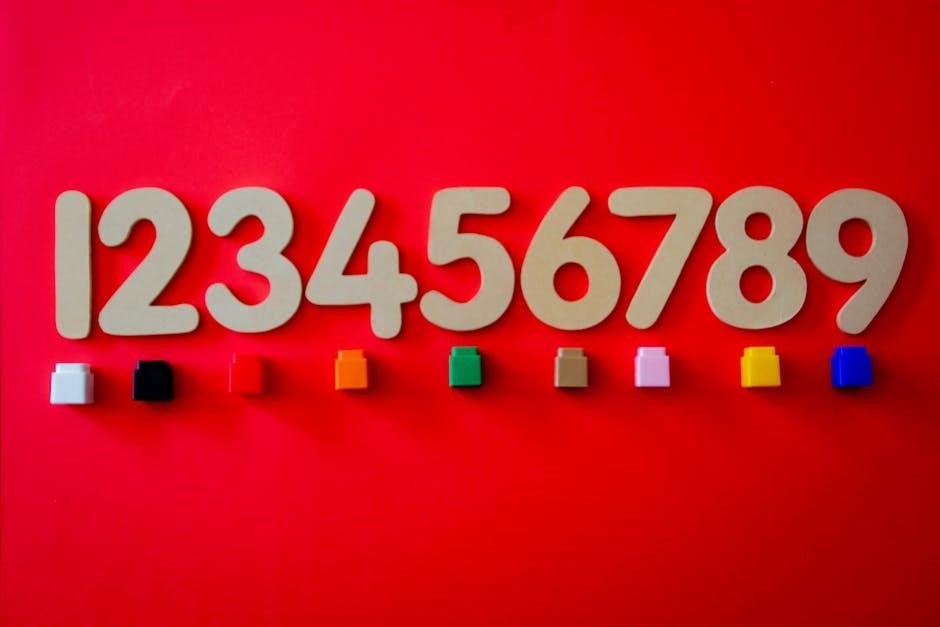
The Eureka Math Kindergarten PDF is a valuable resource for introducing young learners to essential math concepts. It provides a comprehensive and structured approach, ensuring foundational skills are developed through engaging activities and hands-on learning. The curriculum emphasizes critical thinking, problem-solving, and fluency, preparing students for future academic success. By focusing on key areas such as numbers, shapes, and comparisons, it creates a solid base for math exploration. Parents and educators alike can rely on this resource to foster a love for mathematics and build confidence in young learners, setting them on a path to excel in higher-grade math concepts.
Encouraging Math Exploration at Home
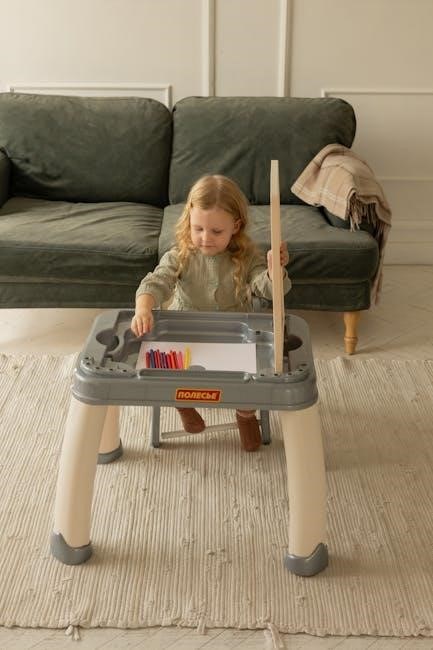
Encouraging math exploration at home complements the Eureka Math Kindergarten PDF curriculum by fostering a love for learning in a familiar environment. Parents and caregivers can integrate math into daily routines, such as counting objects, measuring ingredients, or identifying shapes in toys. Using manipulatives like blocks, counters, or household items helps reinforce concepts like number bonds and basic operations. Engaging in games, puzzles, and hands-on activities makes math fun and accessible. Encouraging children to ask questions and think critically about their surroundings promotes problem-solving skills. By creating a supportive and interactive environment, families can help build a strong foundation for future math success and inspire curiosity and confidence in young learners.